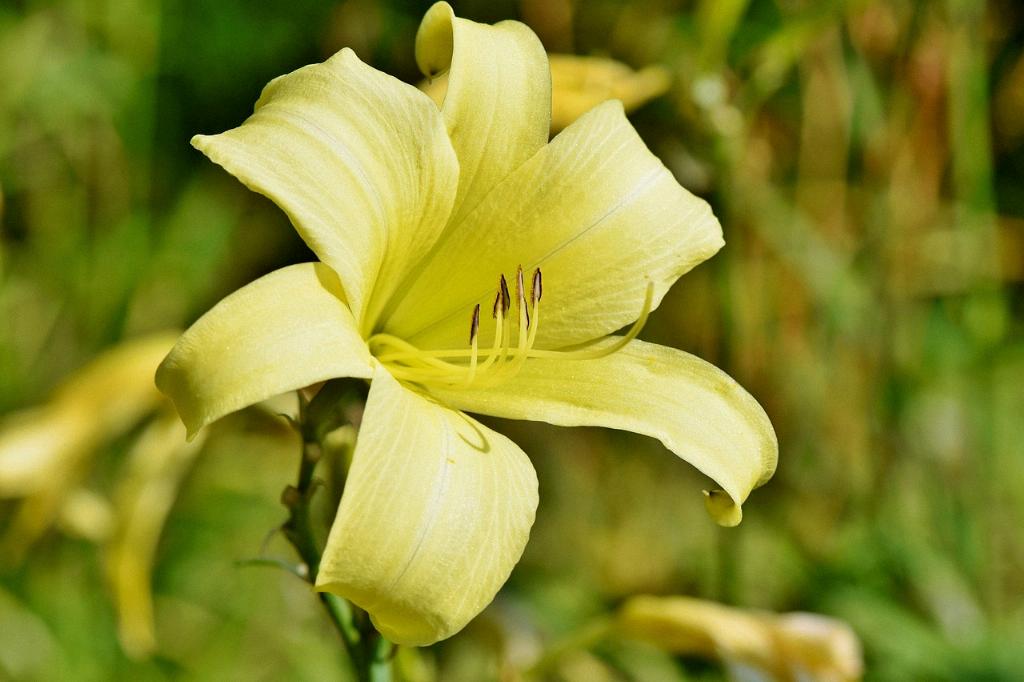Peace lilies are stunning houseplants known for their lush green leaves and elegant white blooms. If you’re looking to add some beauty and tranquility to your indoor space, taking care of a peace lily is a fantastic choice. Here is a comprehensive guide on how to care for peace lilies to ensure they thrive in your home.
1. Light Requirements
Peace lilies are adaptable plants when it comes to light, but they thrive in indirect light. It’s best to place your peace lily near a window where it can get filtered sunlight. Avoid exposing it to direct sun, as this can scorch its leaves.
2. Watering Routine
When it comes to watering your peace lily, a good rule of thumb is to water it when the top inch of the soil feels dry to the touch. Overwatering can lead to root rot, so it’s essential to let the soil partially dry out between waterings. Make sure not to let the plant sit in water, as this can also cause issues.
3. Temperature and Humidity
Peace lilies prefer temperatures between 65-80°F (18-27°C). They also thrive in high humidity environments, making them excellent choices for bathrooms and kitchens where steamy conditions prevail. Misting the leaves occasionally can also help increase humidity levels.
4. Fertilization Needs
During the growing season in spring and summer, you can fertilize your peace lily once a month with a balanced houseplant fertilizer. However, during fall and winter, you can reduce the frequency to once every 6-8 weeks. Avoid over-fertilizing, as this can harm the plant.
5. Repotting Tips
As your peace lily grows, you may need to repot it to provide more space for its roots. Repotting is best done in the spring using a well-draining houseplant compost. Gently loosen the roots and place the plant in a slightly larger pot to allow for growth.
6. Pruning and Cleaning
Regularly remove any yellow or dead leaves from your peace lily to promote new growth. Wipe the leaves with a damp cloth to keep them clean and free from dust, which can hinder the plant’s ability to photosynthesize and breathe.
7. Common Pests and Diseases
Keep an eye out for common pests like spider mites and mealybugs, which can affect peace lilies. If you notice any signs of infestation, gently wipe the leaves with insecticidal soap or neem oil to get rid of the pests. Preventive measures like regular cleaning can help keep pests at bay.
8. Propagation Techniques
If you want to expand your collection of peace lilies, you can propagate them through division or by taking leaf cuttings. Division involves separating the plant into smaller sections, each with roots. Leaf cuttings can be taken from healthy plants and rooted in water or soil.
9. Signs of Overwatering
If you notice yellowing leaves, mushy stems, or a foul odor emanating from the soil, it could be a sign of overwatering. Adjust your watering routine to allow the soil to dry out more between waterings and ensure proper drainage to prevent waterlogging.
10. Benefits of Peace Lilies
Aside from their aesthetic appeal, peace lilies are known for their air-purifying properties. They can help remove toxins like formaldehyde, benzene, and trichloroethylene from the air, making them an excellent choice for improving indoor air quality.
11. Tips for Troubleshooting
If your peace lily’s leaves start to droop, it may be a sign of underwatering or exposure to drafts. Adjust the watering schedule and move the plant away from cold drafts to help it recover. Regularly checking the plant for any issues can help you address problems promptly.
12. Conclusion
Caring for peace lilies involves providing them with the right balance of light, water, temperature, and nutrients. By following these tips and paying attention to your plant’s needs, you can enjoy the beauty of a thriving peace lily in your home. Remember that each plant is unique, so it’s essential to observe and adjust your care routine accordingly. With proper care, your peace lily will reward you with its lush foliage and graceful flowers for years to come.

